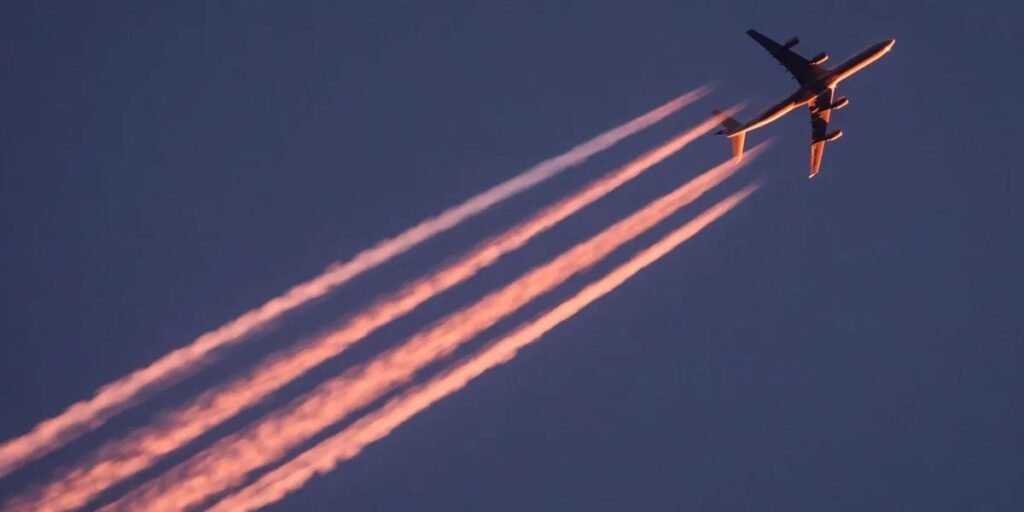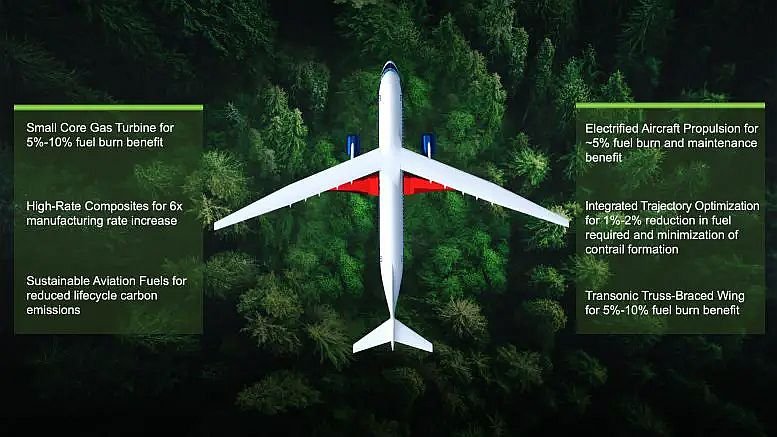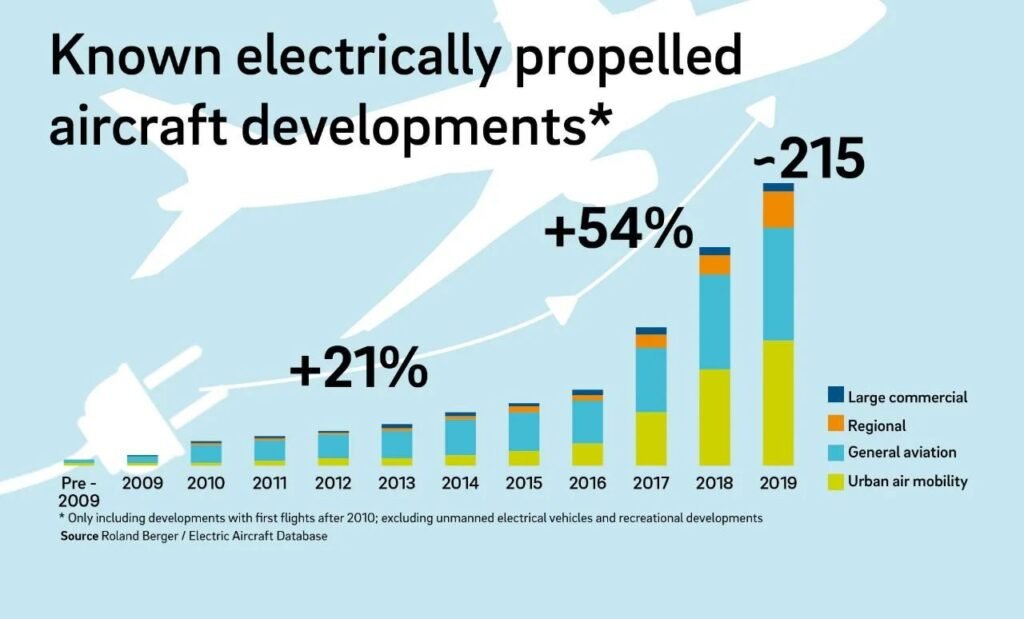Flygskam is a Swedish term for the feeling of being ashamed to fly. The word was coined in 2017 as part of a movement to transform the way we travel, from flight frequency to aircraft technology. The objective is to reduce carbon dioxide emissions, which scientists believe may triple by 2050.

Aviation contributes just 2.5 percent of world emissions, but it releases more than just carbon dioxide; it also generates water vapour, aerosols, and nitrogen oxides. Because these pollutants absorb more incoming energy than is reflected out to space, the Earth’s atmosphere warms. This indicates that aviation’s contribution to global warming may be greater than its carbon footprint.

The worst of the non-carbon impacts are from contrails, short for condensation trails: the line-shaped clouds that form from a plane’s engine exhaust. A small number of flights are responsible for most contrails. This is because contrails form only in narrow atmospheric bands where the weather is cold and humid enough.
Avoiding those zones could make a big difference in limiting aviation’s non-carbon pollution. One research paper modeling Japan’s airspace found that modifying a small number of flight routes to skip these areas could reduce contrails’ effects on the climate by 59 percent.

Aviation industry is also experimenting with turning biomasses, such as vegetable oil and even used diapers, into jet fuels so as to decrease carbon footprint. Some research suggests these biofuels could cut carbon pollution from airplanes by upwards of 60 percent.
More-promising areas include e-fuels, or “synthetic fuels,” which don’t require engines to be re-engineered. KLM recently conducted its first flight powered by synthetic fuel. Industry is also incorporating newer innovations like going electric or hybrid. one count found a hundred electric-powered aircraft projects in the works.

However, for all of the improvements to be implemented, nations would need to modify legislation, airlines will need to pay costly research and transition, and all of this will require incentives to urge the aviation sector to become sustainable.
Reference- National Geographic, Roland Berger Database, Our World in Data, NASA Research






